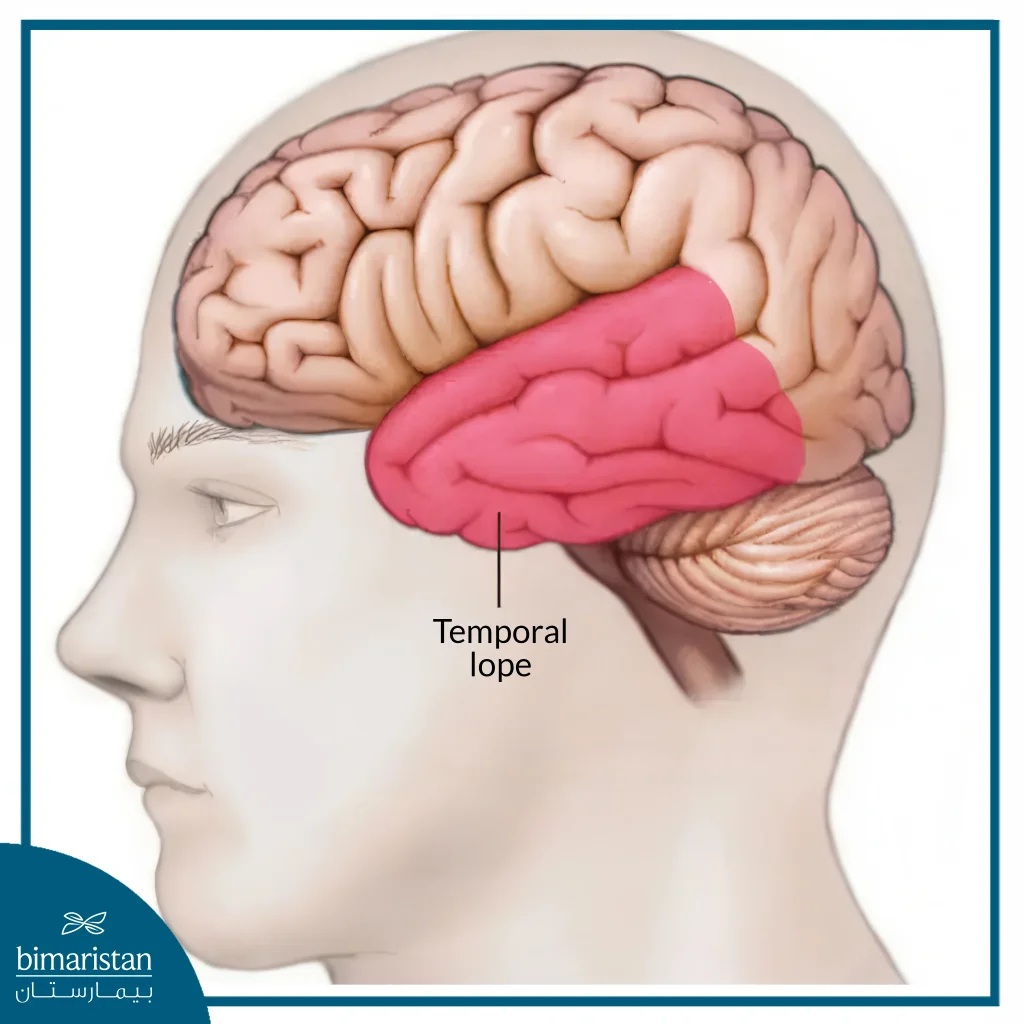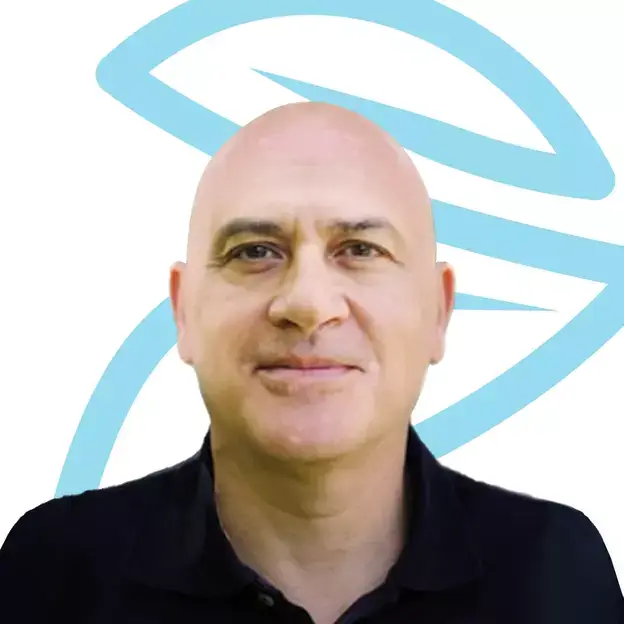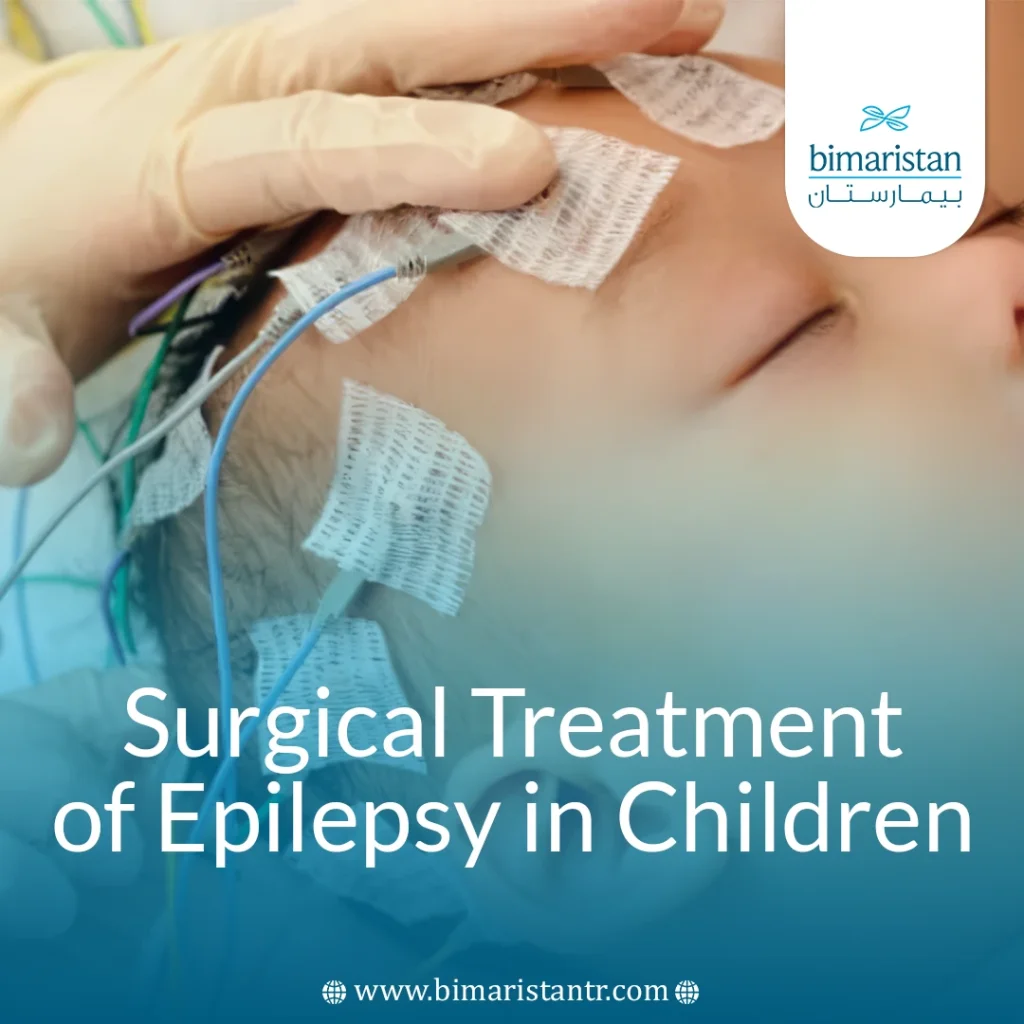Epilepsy remains a significant challenge for children and their families, particularly when medications cannot control frequent seizures.
Pediatric epilepsy surgery offers a transformative treatment option, with research showing that up to 70% of carefully selected patients achieve complete seizure freedom after the procedure. As pediatric epilepsy surgery continues to advance, modern techniques have made operations safer and more accurate, offering renewed hope for children to experience a normal, healthy life.
What is pediatric epilepsy?
Epilepsy in children is a chronic neurological disorder caused by an issue with the electrical activity of the cerebral cortex. Unlike adults, whose epilepsy is often caused by brain injuries and cerebrovascular diseases, epilepsy in children is mainly caused by genetic reasons, congenital brain abnormalities, or infections in the central nervous system.
Epileptic seizures in children are much more common than seizures in adults. The child’s consciousness stops for 10-20 seconds, and focal seizures (epileptic foci are the brain areas in which the electrical disturbance occurs) in children are associated with developing and healthy areas of the brain, and this may affect the child’s cognitive behavior in the future, so it must be treated before a functional area of the brain is damaged.
When is surgical treatment of epilepsy in children recommended?
Surgical treatment of epilepsy in children is not a mainstream option, and is used after antiepileptic drugs have failed, or when there is a specific epileptic focus in an area of the brain, in which case surgical treatment of epilepsy in children is used to save the brain area from damage. Some known drug-resistant types of epilepsy require surgical intervention, such as epilepsy associated with Landau-Kleffner syndrome or temporal lobe epilepsy.
Types of pediatric epilepsy surgery
The surgical treatment of epilepsy in children is basically divided into three main categories depending on the goal of the surgical intervention: resection, neurotomy, and neurostimulation.
Excisional surgery
The goal is to completely remove the epileptic focus, which either includes a small focus of the cerebral cortex, or an entire lobe of the brain, as in the case of temporal lobectomy (which is the most common), which is performed when the epileptic focus is in the entire temporal lobe, or the cerebral hemisphere is completely removed, as performed in some syndromes or in cortical malformations, a complex procedure but preserves brain function while eliminating epilepsy completely if it is performed at an early age.
Excisional surgeries may carry some risks, such as a decrease in the field of vision or temporary motor weakness, which is treated with physical therapy.

Laparotomy surgeries
The aim is to isolate the epilepsy focus without removing or damaging brain tissue. It has two main procedures, the first is to cut the corpus callosum (the fibers connecting the two cerebral hemispheres), and this procedure is done in cases of generalized seizures that are resistant to treatment, and the second procedure is subcortical resection, where the fibers connecting the regions in one cerebral hemisphere are cut, used in cases where the focus is localized in functional areas that cannot be resected, such as in the speech bubble.
Neuromodulation surgery
The goal is to implant devices that regulate electrical activity in the cerebral cortex:
- Vagus Nerve Stimulator (VNS): Implanted under the skin in the chest area and connected to the vagus nerve as it passes through the chest, it reduces seizures by 40-50% but does not stop them completely, and is suitable for children who are not candidates for ablative surgery.
- Deep brain stimulation (DBS): A device is implanted within the brain itself, often in the thalamus, and is suitable for treatment-resistant epilepsy.
- Responsive Nerve Stimulation (RNS): This is a newer device that is still being researched, and its goal is to detect seizure activity and stop it immediately.
This method significantly reduces seizures, but does not stop them completely, and what distinguishes it is that some of them are minimally invasive and do not expose the child to ablation cases.
Benefits of surgery vs. potential risks
Surgical treatment of epilepsy in children has many risks that may threaten the child’s psychological and physical health. Still, in return, it provides a treatment that improves the child’s quality of life until the end of his life, as surgery completely stops seizures in 60-80% of cases. If not stopped, it reduces them as much as possible.
This helps the child to improve his academic performance and increase his self-confidence, which enhances his social and behavioral skills. In addition to the above, surgery protects brain areas from damage due to epilepsy and reduces the risk of sudden and unexpected death for a child with epilepsy.
However, like any brain surgery, there are several risks associated with the surgical treatment of epilepsy in children, such as bleeding in the brain as a postoperative complication, infection, and the formation of a brain abscess that may require additional surgery to drain.
In addition to the above, some specific neurological risks may affect a child undergoing surgical treatment of epilepsy, such as visual disturbances that occur with temporal lobectomy, temporary motor weakness in 20-30% of hemispherectomy cases, or memory and speech issues if the surgery is close to the hippocampal gyrus or speech bubble, and these complications can be relatively minimized if a surgeon specialized and experienced in the surgical treatment of epilepsy in children is chosen.
How to diagnose and prepare for surgery
The diagnostic process begins with the initial clinical evaluation of the child, in which a detailed medical history (number of seizures, duration of seizures, and accompanying symptoms) is investigated, then the child’s central nervous system is examined and its growth and development is assessed, and then the child moves to the stage of basic tests, which include electroencephalography (EEG) to detect the brain’s electricity, and magnetic resonance imaging (MRI) to detect structural abnormalities of the brain.
After the diagnostic tests, the child undergoes some functional tests to confirm eligibility for surgery and to determine the exact location of the epileptic focus.
How can a family support a child before and after epilepsy surgery?
The family has a big role in this process, as the family represents the axis in which the child trusts and places his hope in them, so they must explain his condition in a simple way that he can understand, and give him a general and simplified idea about the course of the operation and what will benefit him, and the therapeutic play method can be used to prepare the child psychologically for this surgery.
After the end of the surgery, the biggest role of the family is to closely monitor the child and notice any behavioral or cognitive changes that may suddenly occur, and if any of these changes appear, they should quickly review them with the specialist doctor to confirm them.
Pediatric epilepsy surgery is a crucial and life-changing treatment option for children, giving them a chance to be seizure-free and achieve normal development. At Bimarestan Medical Center, we offer these surgeries with high precision and state-of-the-art technology, supported by a specialized team that puts the child’s safety and treatment success as a top priority.
As surgical techniques evolve, outcomes are becoming more positive, giving hope for a better future for children and their families. At Bimarestan, we believe that every child deserves a full life, and we strive to achieve this through outstanding medical care.
Pediatric epilepsy surgery offers new hope for children with drug-resistant epilepsy, paving the way toward a more stable and fulfilling life. At Bimarestan Medical Center, we adopt an integrated approach that unites precise diagnosis with advanced surgical expertise to ensure the best possible outcomes. These modern procedures represent more than just medical treatments — they mark a significant breakthrough in improving the quality of life for children and their families. With every successful surgery, we reaffirm that even the toughest challenges can be transformed into remarkable possibilities when
Sources:
- National Institute of Neurological Disorders and Stroke. (2023). Epilepsy surgery information page.
- Cross, J. H., & Jayakar, P. (2022). Pediatric epilepsy surgery: special considerations. Epilepsia, *63*(1), 12-25.


